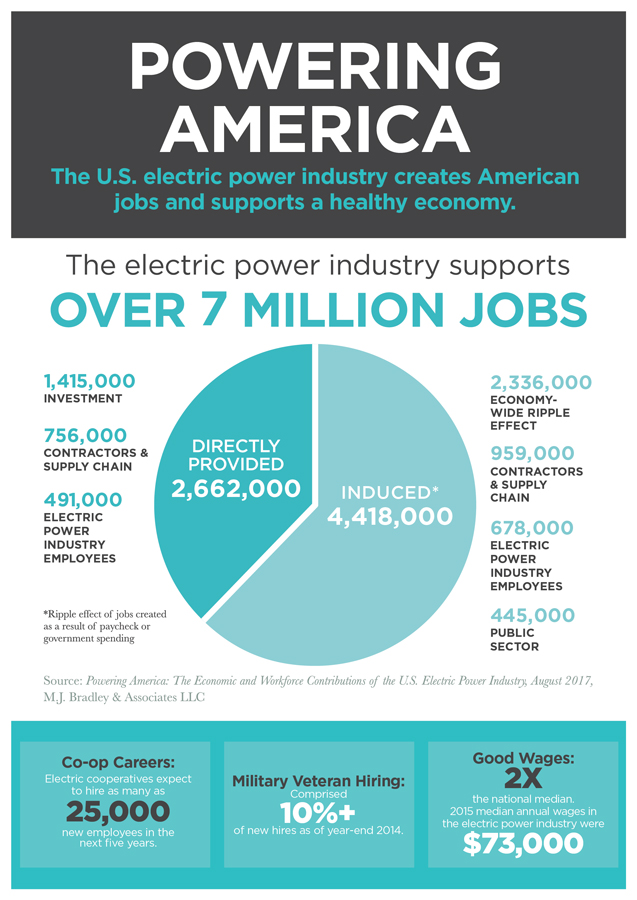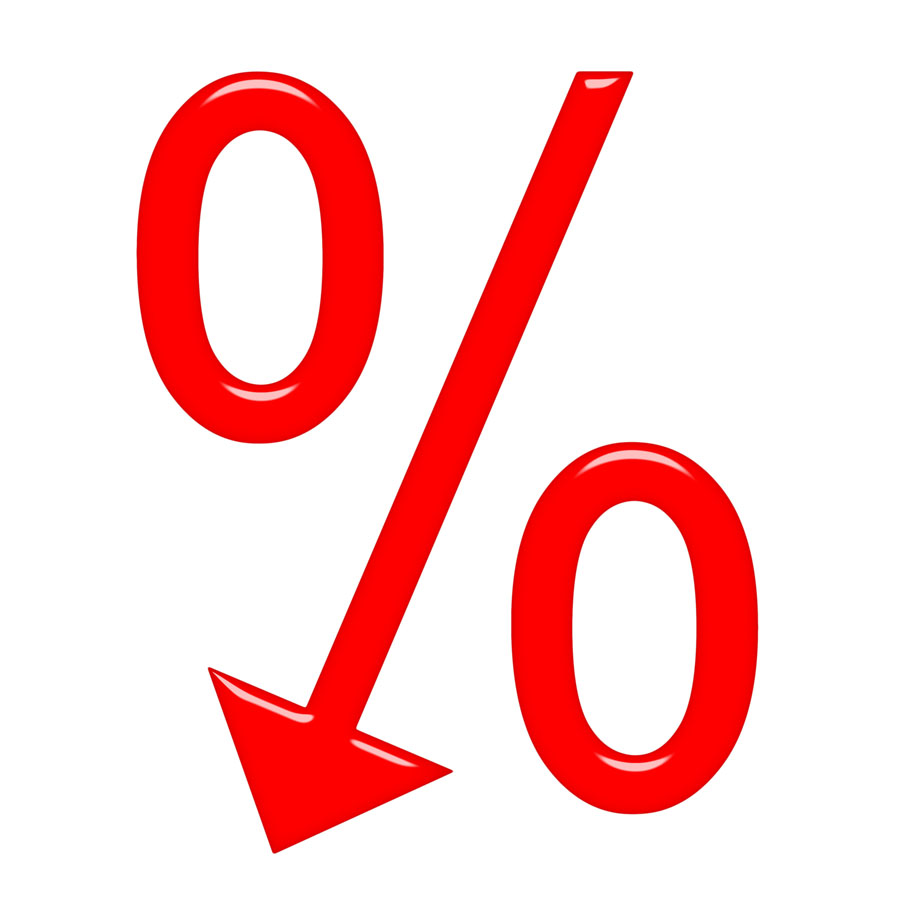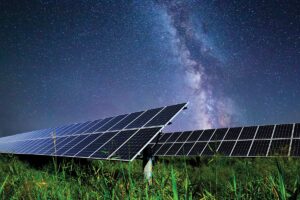 At the Farm Progress Show in August, I had the pleasure of moderating a Listening Session (see https://agriculture.house.gov/) for members of the U.S. House Agriculture Committee, including Chairman Mike Conaway, Texas, Ranking Member Collin Peterson, Minn., Glenn Thompson, Pa., Cheri Bustos, Mike Bost, Rodney Davis and Darin LaHood, all from our great state. In total, 65 individuals gave two-minute remarks highlighting their priorities and concerns for the 2018 Farm Bill.
At the Farm Progress Show in August, I had the pleasure of moderating a Listening Session (see https://agriculture.house.gov/) for members of the U.S. House Agriculture Committee, including Chairman Mike Conaway, Texas, Ranking Member Collin Peterson, Minn., Glenn Thompson, Pa., Cheri Bustos, Mike Bost, Rodney Davis and Darin LaHood, all from our great state. In total, 65 individuals gave two-minute remarks highlighting their priorities and concerns for the 2018 Farm Bill.
As expected, farm organizations and commodity groups were well represented from the local, state and national levels. Sharing the perspective of the electric cooperative program was Phil Carson from Oakdale, a director of Tri-County Electric Cooperative, Inc. in Mt. Vernon. Phil is also Illinois’ first ever President of the Board of Directors for the National Rural Electric Cooperative Association.
Carson was representing the 29 electric generation, transmission and distribution cooperatives in Illinois, which serve 650,000 members. Nationally, there are 900 co-ops serving almost 43 million people. Cooperatives are democratic, tax-paying, not-for-profit businesses governed by member-elected boards of directors.
In addition to providing electricity and other products and services to member-consumers, electric co-ops have a proud tradition of community service. Co-op members and employees participate in economic development efforts that contribute to a good quality of life in the rural communities they serve.
That’s why the Farm Bill is so important. It contains many of the tools electric cooperatives use, not just to maintain the grid, but to invest in their communities.
The USDA’s Rural Economic Development Loan and Grant (REDLG) program is a tool that aids rural economic and community development activities. REDLG is funded by the fees and interest paid by co-ops on Rural Utility Service (RUS) loans. Cooperatives re-lend that money for projects in their communities that support the local economy – like expanding a hospital in Carthage, or building essential infrastructure to attract or retain a business, such as IHI Turbo in Shelbyville. That money can often leverage other forms of financing and it’s reliably repaid. It’s an all-around win for the community and the taxpayer.
Just in the past decade, Illinois electric cooperatives have participated with 27 REDLG loans totaling over $25 million and the award of 11 grants exceeding $3 million to promote rural economic development. As an example, Corn Belt Energy, based in Bloomington, assisted the Patriot Renewable Fuels (now CHS) ethanol plant in Annawan with a $2 million loan. Illinois Electric Cooperative in Winchester helped secure REDLG financing for Westermeyer Industries, Inc. in Bluffs, and Coles-Moultrie Electric Cooperative assisted both Mattoon Precision Manufacturing and Charleston Stone Co. with REDLG projects of $2 million and $400,000, respectively, that retained existing jobs and created new positions at each company.
Across the state, REDLG funds have been instrumental in supporting infrastructure and economic development in the form of new sewer systems, health departments, nursing homes, senior services, manufacturing and new construction.
The Rural Energy for America Program (REAP) provides grants that help small businesses and agriculture producers lower their cost of energy. The program has also helped cooperatives save or generate energy, and reduce environmental impact through 14 grants totaling more than $2.1 million.
This vital partnership with the USDA and its REDLG and REAP programs, has helped cooperatives exhibit the cooperative principle of commitment to community. The electric cooperatives in Illinois, and nationwide, are pleased to assist in economic development activities that improve the quality of life for rural residents.









